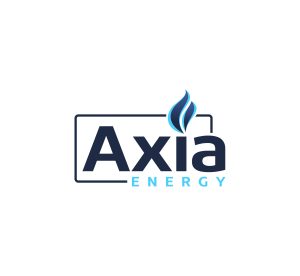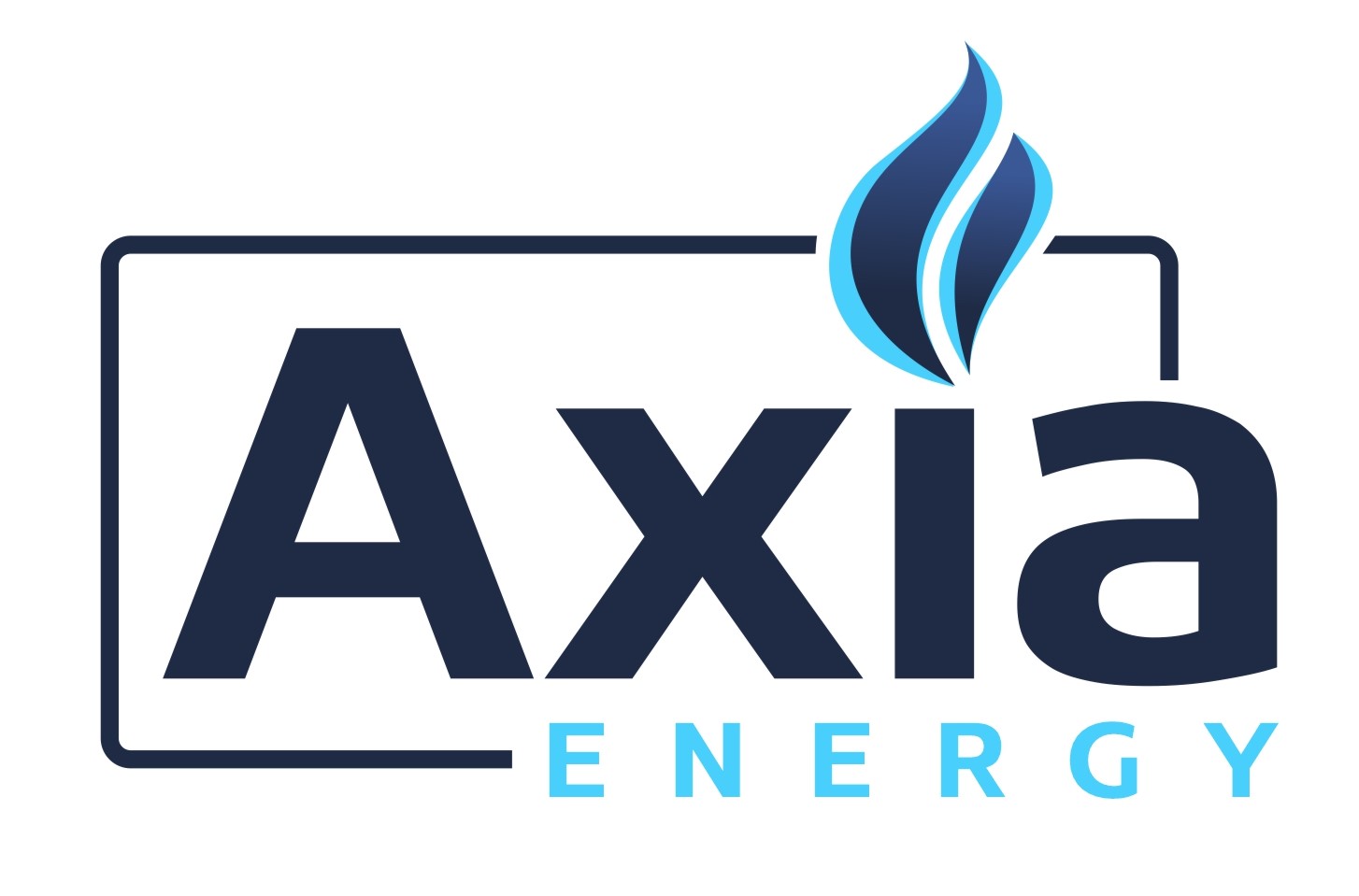Key Metrics to Monitor for Pipeline Health

In the oil and gas industry, pipelines serve as critical arteries, transporting vast quantities of product across long distances. Ensuring the health of these pipelines is essential to operational efficiency, environmental protection, and safety compliance. But how do Operators truly understand the state of their infrastructure?
The answer lies in key performance metrics – measurable indicators that offer insight into pipeline integrity, performance, and potential vulnerabilities. At AXIA, we empower operators with intelligent monitoring tools that track these vital metrics in real-time, allowing for proactive decision-making and timely intervention.
Let us explore the core metrics every pipeline operator should monitor to ensure a safe, efficient, and resilient pipeline system.
1. Pressure and Flow Rate
One of the most basic yet essential metrics, pipeline pressure and flow rate can reveal everything from minor blockages to major leaks. Sudden drops in pressure or unexpected variations in flow may indicate:
- Leaks or ruptures
- Valve malfunctions
- Unauthorized tapping or theft
- Blockages or buildup
By comparing real-time readings to baseline operational data, anomalies can be detected early, before they escalate into serious problems.
2. Temperature Variations
Monitoring temperature differentials is critical, especially for pipelines that transport thermally sensitive or volatile materials. Abnormal temperature readings may point to:
- Internal friction
- Leak-induced cooling or heating
- External environmental effects (e.g., wildfires or freezing conditions)
- Equipment failure
Using fibre optic sensors for Distributed Temperature Sensing (DTS) can provide highly granular, location-specific temperature data along the entire pipeline.
3. Corrosion Rates
Corrosion is a silent but destructive threat to pipeline infrastructure. Measuring internal and external corrosion rates helps operators assess the integrity of pipe walls and plan for maintenance or replacement. Common metrics include:
- Wall thickness degradation
- pH levels and chemical composition
- Cathodic protection system performance
AXIA’s systems integrate corrosion monitoring sensors and AI analytics to assess risk levels in real time and prioritize high-risk segments.
4. Vibration and Acoustic Signals
Unusual vibrations or acoustic signatures can signal a range of issues, from equipment fatigue to third-party interference. Distributed Acoustic Sensing (DAS) transforms fibre optic cables into listening devices that detect:
- Mechanical anomalies
- Pipeline tampering
- Nearby excavation or drilling activity
- Flow irregularities
These insights allow operators to respond immediately to developing threats.
5. Valve Performance and Actuation Time
Pipelines rely heavily on automated and manual valves to control flow and isolate incidents. Monitoring valve actuation time, responsiveness, and failure rates helps ensure these critical components function as expected when emergencies arise.
6. Leak Detection Frequency and Response Time
Tracking how often suspected leaks occur—and how quickly teams respond—is a valuable operational benchmark. These metrics reflect both system sensitivity and response effectiveness, offering insights into both technological and human performance.
Conclusion
Healthy pipelines depend on constant awareness, and awareness begins with the right metrics. At AXIA, we help operators monitor the full spectrum of pipeline health indicators using intelligent, integrated systems designed to catch early warnings, guide proactive maintenance, and drive operational excellence.
Your pipeline’s story is written in data. Make sure you’re reading it.
Want a custom dashboard of key metrics for your pipeline network? AXIA has you covered. Let’s build your smarter, safer infrastructure – together.

